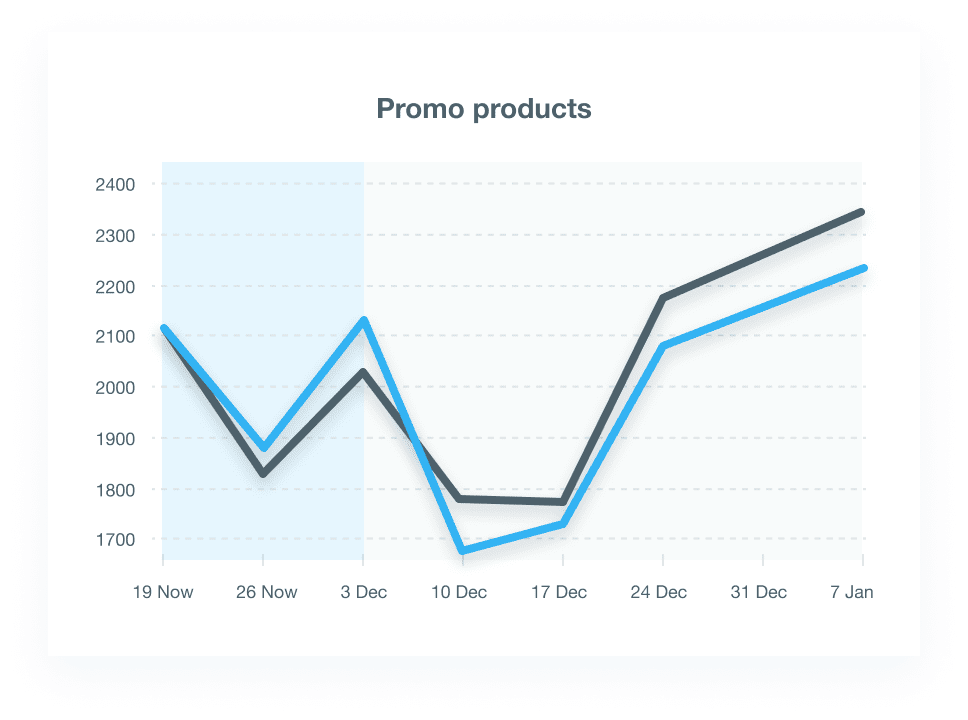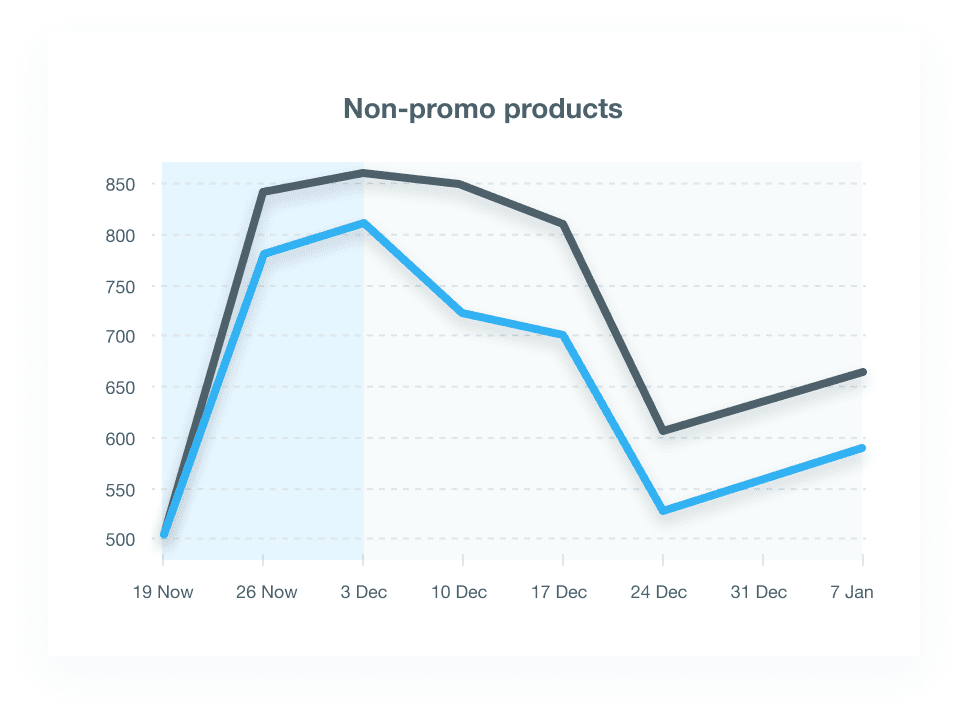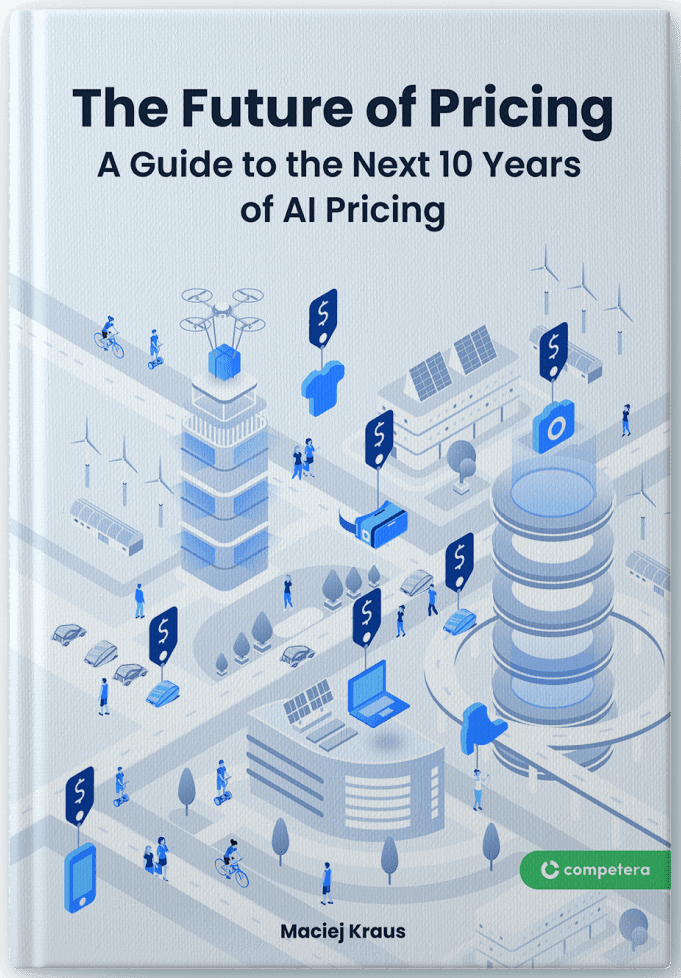Minimize inefficient promo and save margin with smart promo management
Sustain a healthy promo ROI with easy-to-use promo calendars, data-driven insights, and promo scenario testing powered by Competera.
Unable to manage promo coherently, retailers fall victims to growing promo pressure
Lack of high-quality data on past promo campaigns
Poor analytics and inability to identify each SKU role in the portfolio
Lack of transparency in promo scheduling
Inability to predict particular promo scenarios' outcomes
Increasing promo pressure by competitors and vendors
Stockpiling by shoppers provoking post-promo dips
Manage Campaigns Smoothly:
All-in-One Promo Management
Set up promo campaigns with ease
- Use the staged promo planning tool to minimize the risk of human mistakes
- Schedule and set up parameters of every promo campaign in a few clicks

Get analytics-driven insights from past promo
- Get a visual representation of data revealing the true uplifts, sales cannibalization, and surplus stock in multifunctional charts
- Calculate promo ROI both on SKU and category level

Plan and forecast results of the future promo campaigns
- Test various promo scenarios to find the most effective mechanics
- Use data-driven suggestions to negotiate better conditions with vendors

Get ready to launch your promo campaign
- Set targets and choose the relevant SKUs for each campaign
- Adjust campaign parameters, e.g. duration, discount depth, etc.

How AI Algorithms Can Enhance Promo Policy
ML algorithms can help retailers manage promo better in several ways. For example, by processing historical promo records, the algorithms enable data-driven evaluations of past promo campaigns and provide insights contributing to the future promos' sustainability.
One of the most reliable approaches to disclosing the genuine business impact of the promo is to analyze the vertical and horizontal sales cannibalization effects. Practically, it means finding how promo contributed to product stockpiling (horizontal cannibalization) as well as changes in sales dynamics of non-promotional products in the entire category (vertical cannibalization). For such an analysis at scale, advanced ML algorithms are indispensable.


prediction with promo prediction without promo promo period







